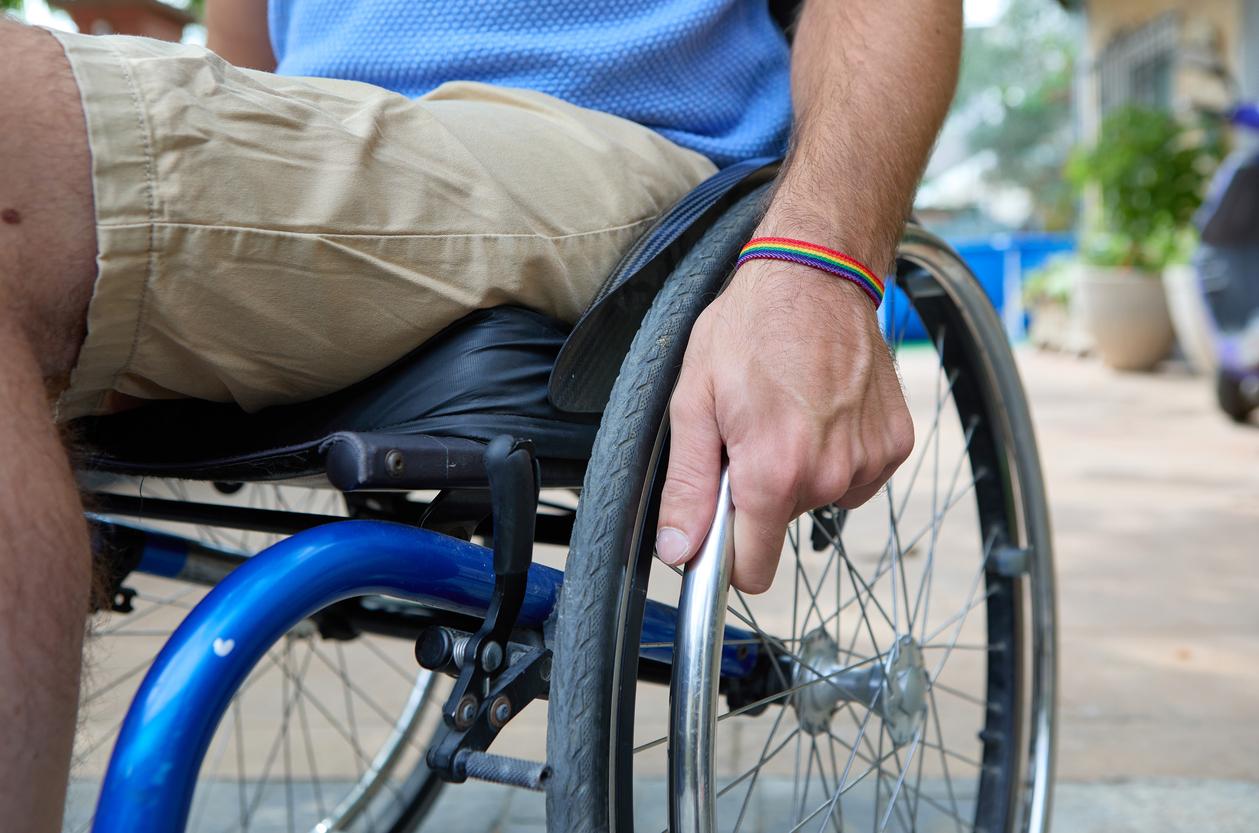Tandem cycling improves the health of patients with Parkinson’s disease and their caregivers, researchers say.

- A new American study suggests that tandem cycling “can improve the physical, emotional and mental well-being” of Parkinson’s patients, but also that of their caregivers.
- After two months of riding a tandem exercise bike, twice a week, Parkinson’s patients experienced all-round “improvements in their quality of life”: fewer daily difficulties, greater physical and motor capacity, faster walking. …
- But patients are not the only ones to have benefited from the practice of tandem: the activity also seems to boost overall resilience and reduce caregivers’ depression scores.
Affecting more than 167,000 people in France, Parkinson’s disease is a neurodegenerative pathology which manifests itself by tremors, slowness of movements and muscle stiffness. Although there is no cure, various studies here and there show that physical activity helps reduce the symptoms of the disease.
The latest to date suggests in particular that the practice of tandem cycling “can improve physical, emotional and mental well-being” of patients with Parkinson’s, but also that of their caregivers.
Parkinson’s patients and their caregivers in tandem on a bicycle
To reach this conclusion, which will be presented in April during the 76th Annual Meeting of the American Academy of Neurology (ANN), researchers from the University of South Carolina (United States) conducted experiments on eighteen adult volunteers, nine suffering from the disease and their nine caregivers. After giving them a series of tests, they had them ride a tandem exercise bike twice a week for two months. Participants could visualize themselves along scenic outdoor routes using a virtual reality platform transcribed onto television screens.
Afterwards, the researchers gave them the same tests as before the cycling program. Parkinson’s patients were asked, on the one hand, to answer a questionnaire on the frequency with which they experienced difficulties in their daily life (their relationships, social situations, communication, etc.), and on the other hand , carry out physical tests, for example a walking speed exercise, to assess the severity and progression of their disease.
In addition, patients and their caregivers were asked to complete a resilience test, where they were asked to rank from 1 to 5 a series of six statements regarding their perceived ability to bounce back or recover from stress, such as “I tend to to bounce back quickly after difficult times” and “I generally get through difficult times without too many problems”.

“Help reduce the burden” of those caring for Parkinson’s patients
As a result, Parkinson’s patients experienced “improvements in their quality of life” all-round: their overall perception of everyday difficulties has decreased by five points (on a scale of 0 to 100); the overall motor severity of their illness decreased by eight points; and finally, their physical function and mobility improved, starting with their walking speed which increased by 0.27 meters per second.
But patients are not the only ones to have benefited from the practice of tandem. The researchers found that the activity boosted overall resilience and reduced caregivers’ depression scores. Although this is not the case for the patients themselves, cycling in pairs can “help reduce the burden” of those who accompany them on a daily basis, the researchers conclude.
















